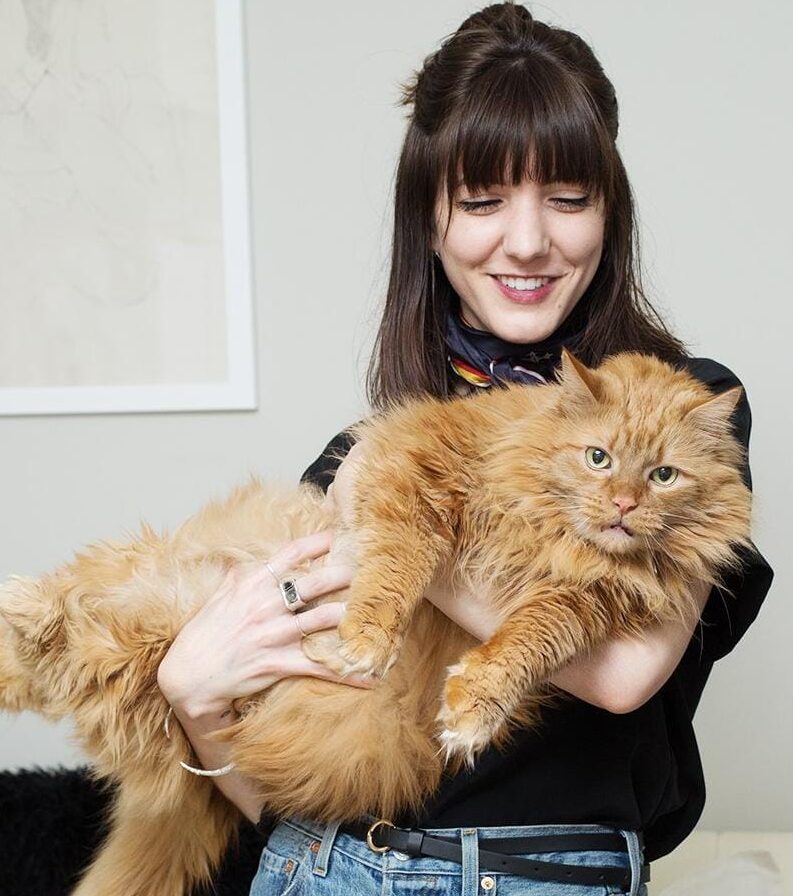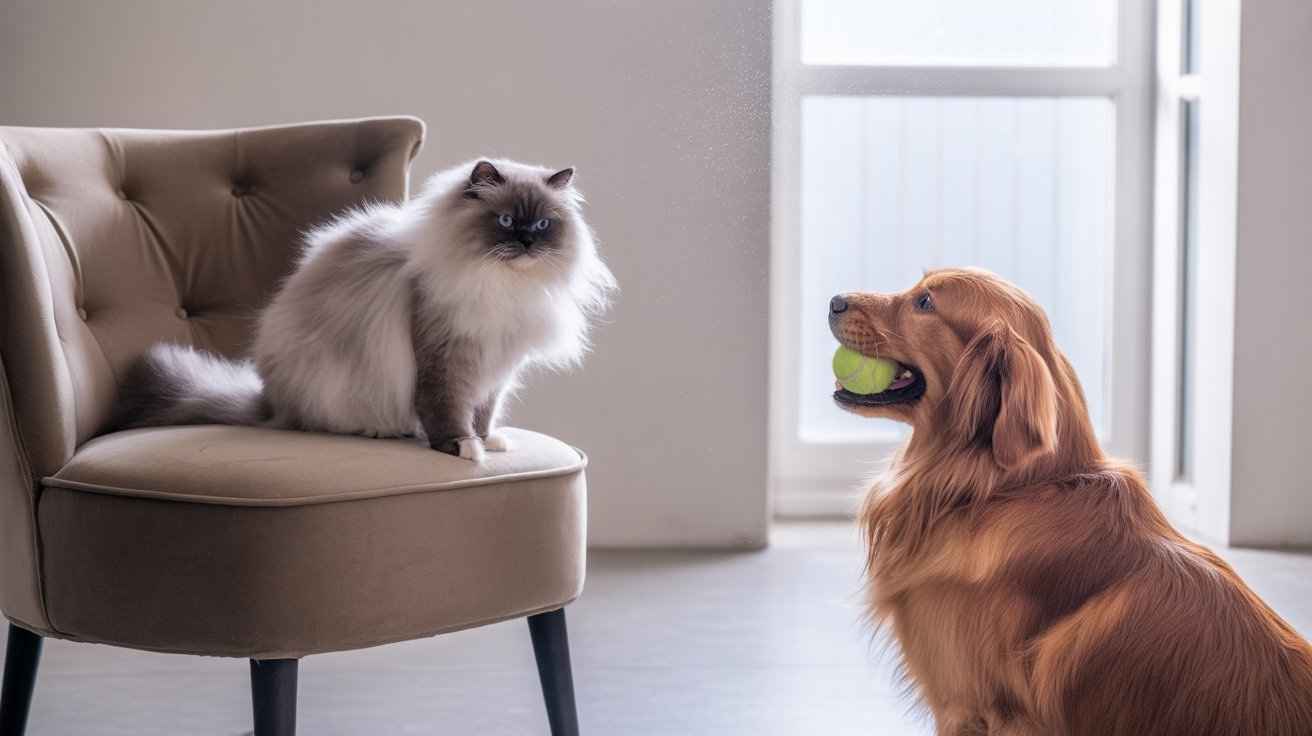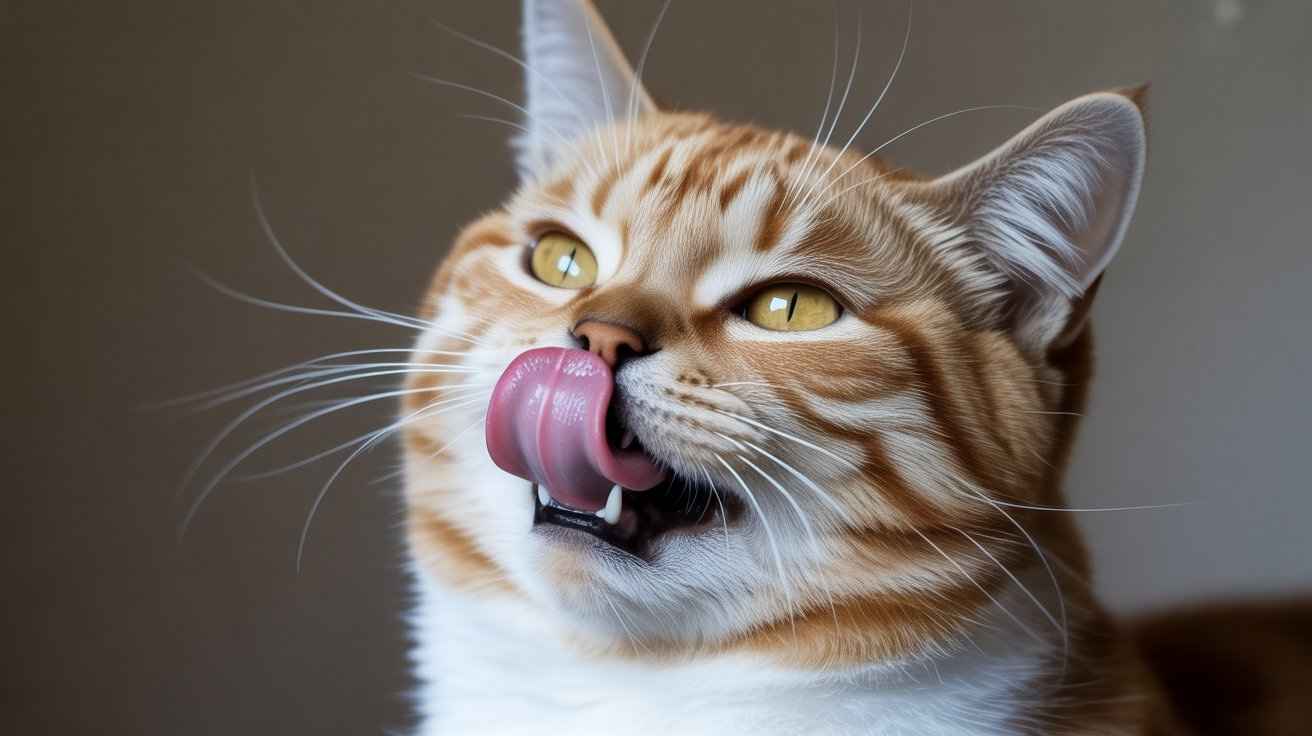Why Do Dogs Not Get Along With Cats? The 4 main reasons include prey drive, territorial behaviour, poor socialization, and different communication signals.
Why Do Dogs Not Get Along With Cats?
Dogs and cats are the most loved pets, but they often find it hard to live together. This does not mean they are true enemies. The problem is that they see and act differently.
Dogs are playful and social, while cats are more careful and like their own space. When their signals clash, it leads to barking, chasing, or hissing.
In this article, we will explore the main reasons for these problems, show them in a clear comparison table, and share how they can learn to live peacefully.
Top 4 Main Reasons Why Dogs Do Not Get Along With Cats
| Reason | Easy Explanation |
|---|---|
| 1. Different Body Language | Dogs love to chase moving animals. Cats run when scared, making dogs chase them more. |
| 2. Chase Instinct (Prey Drive) | Cats want control over their food, sleep, and litter box areas. Dogs may invade these spaces. |
| 3. Territory and Space | Cats want control of food, sleep, and litter box areas. Dogs may invade these spaces. |
| 4. Lack of Socialization | Pets not trained or introduced slowly may not trust each other. Puppies and kittens learn faster than adults. |
Main line: These four reasons explain why dogs do not get along with cats.
Quick Facts: Dog vs Cat Behaviour
| Point | Dogs | Cats |
|---|---|---|
| Tail Signal | Wagging means happiness | Flicking means anger |
| Vocal Signal | Barking often means play | Hissing means warning |
| Instinct | Chase moving animals | Run to escape danger |
| Territory | Share space more easily | Strong need for personal space |
| Training | Learn through social play | Prefer slow, cautious bonding |
Different Body Language and Behaviour
One major cause of conflict is body language:

- Dogs wag their tails to show happiness.
- Cats flick their tails when upset or angry.
- Dogs bark to invite play.
- Cats hiss to warn, “Stay away.”
Main line: Dogs and cats use signals in opposite ways, which leads to confusion and fights.
Chase Instinct and Prey Drive
Another reason is the chase instinct:
- Dogs love to chase fast-moving things.
- Cats often run when they feel scared.
- Running makes dogs chase even more.

Main line: Dogs think chasing is fun, but cats see it as danger.
Territory and Stress
Cats are very territorial.

Main line: Cats value their space, but dogs often cross the line.
Socialization and Early Training
Training and early socialisation have a significant impact.
- Puppies and kittens learn faster and adjust easily.
- Adult pets may need more time and patience.
- Using slow steps and rewards helps them feel safe.

Main line: Pets that meet gently and early are more likely to be friends.
Safe Introductions Step by Step
To help dogs and cats get along, start with slow, safe introductions:

- Keep pets separated at first.
- Let them smell each other through a closed door.
- Use a baby gate or leash for short, safe meetings.
- Reward calm behaviour with treats and praise.
Main line: Safe, step-by-step introductions build trust.
Troubleshooting Fights
Sometimes, pets may fight or get rough.
- Do not shout or hit them.
- Separate calmly and give each pet its own space.
- Try introductions again later, more slowly.
- If fights continue, seek help from a veterinarian or animal trainer.

Main line: Stay calm, separate, and restart slowly if fights happen.
Real-Life Success Stories
Many families prove that dogs and cats can be friends.
- A puppy and a kitten became friends after spending weeks together through gentle play.
- An adult dog learned to remain calm around a cat through patient training.
- Some pets even end up sharing beds and toys once trust has been established.
Main line: With time and care, dogs and cats can live happily together.

FAQs
Q1: Do dogs and cats hate each other?
No. They do not really hate each other. They just misunderstand body language.
Main line: Misunderstanding, not hate, causes fights.
Q2: Why do dogs chase cats?
Dogs have a strong chase instinct. When cats run, dogs want to chase.
Main line: Cats run, dogs chase.
Q3: Can a big dog and a small cat be friends?
Yes. With slow introductions and training, size does not matter.
Main line: Careful training makes friendship possible.
Q4: How long before they get along?
It can take weeks or months. Every pet learns at a different speed.
Main line: Patience is the key.
Q5: What should I do if my dog hurts my cat?
Separate them quickly. Give each a safe space, then ask a vet or trainer.
Main line: Safety first, then get expert help.

Hi, I’m Sana Sajid!I’m the voice behind CatsCare.blog, sharing my 10+ years of hands-on cat care experience. With a diploma in animal care, I offer practical tips, trusted advice, and easy-to-follow guides to help keep your cats healthy and happy.
When I’m not writing, I spend time with my own cats or exploring the latest developments in feline health. Follow CatsCare.blog for expert insights and real cat stories!


![A fluffy silver tabby cat with long fur is sprawled out and relaxing on a light-colored sofa, looking towards the camera. [Why Are Cats So Lazy?]](https://catscare.blog/wp-content/uploads/2025/09/why-are-cats-so-lazy.jpg)
![A golden retriever is stretching on a fluffy beige rug in a pose similar to a cat's "downward dog" stretch. Its front legs are on the ground and its rear is up in the air with its tail raised, as it looks forward.[Why Does My Dog Stretch Like a Cat?]](https://catscare.blog/wp-content/uploads/2025/09/Why-Does-My-Dog-Stretch-Like-a-Cat-1.jpg)

![A white and brown dog gently licks the ear of a sitting brown tabby cat in a close-up indoor shot. [Why Your Dog Grooms Your Cat?]](https://catscare.blog/wp-content/uploads/2025/09/Why-Your-Dog-Grooms-Your-Cat.jpg)